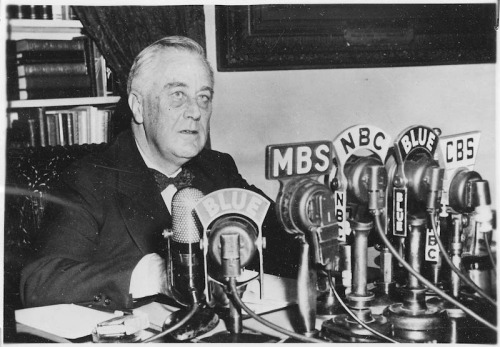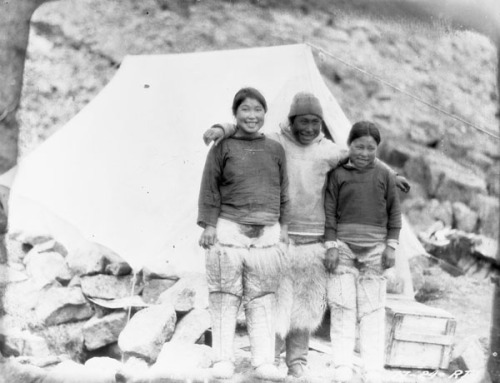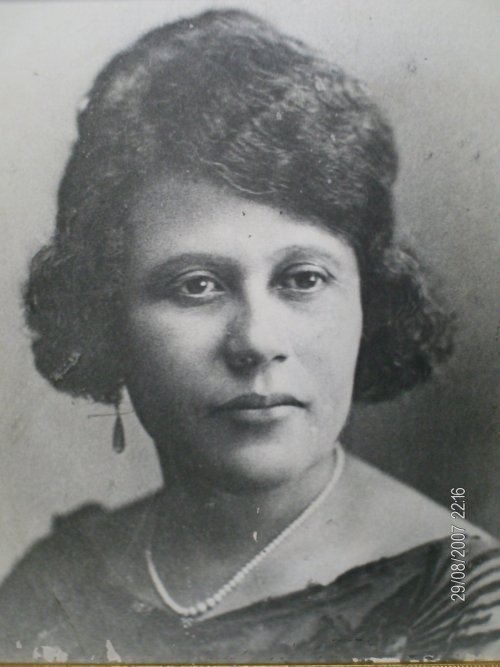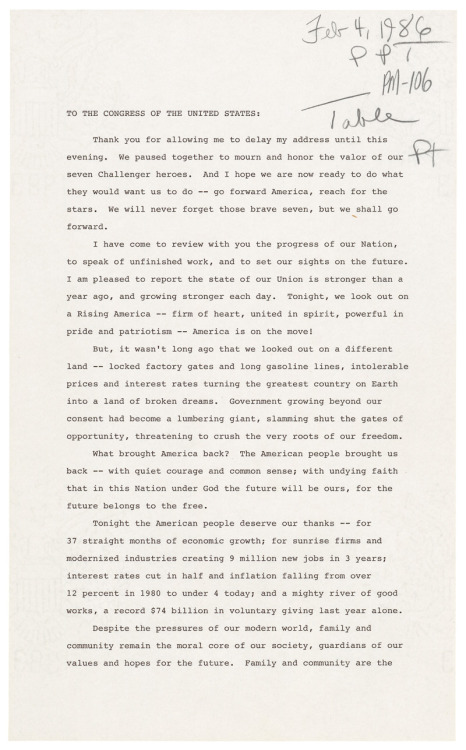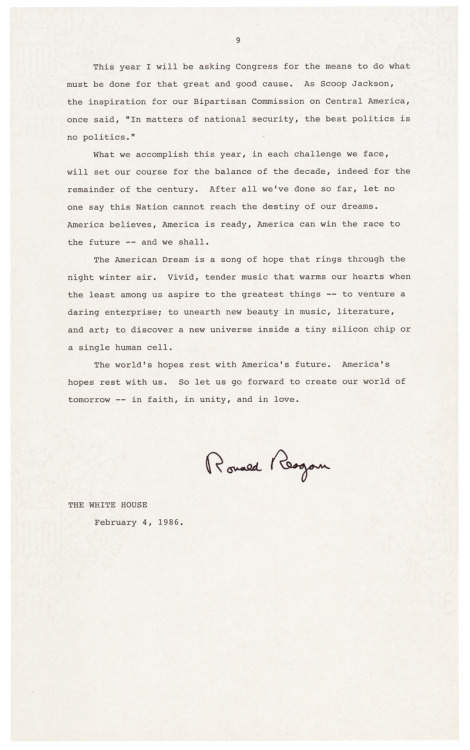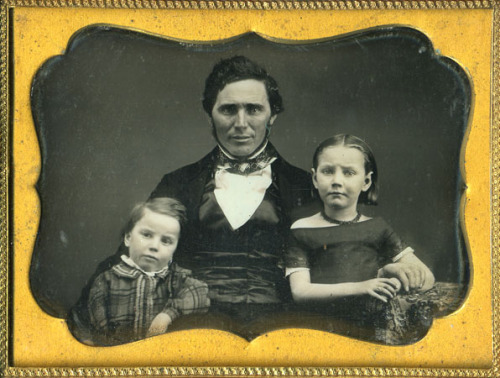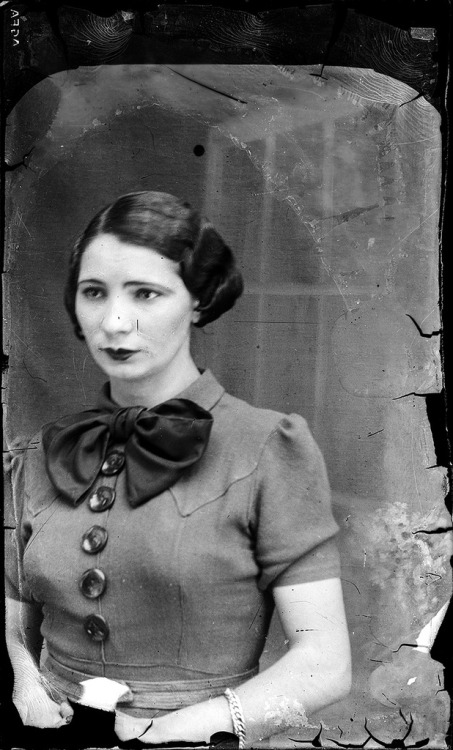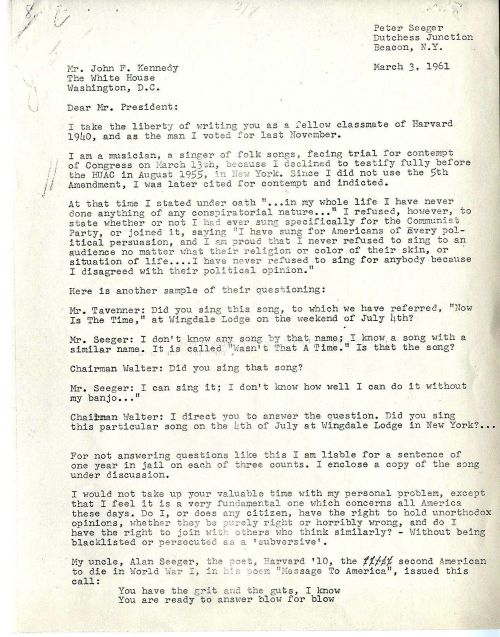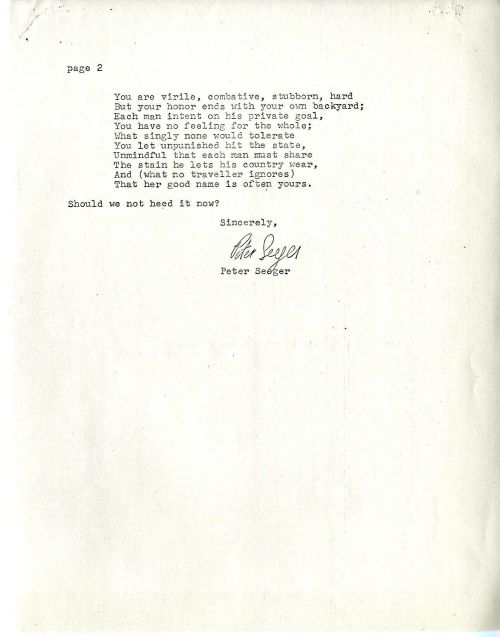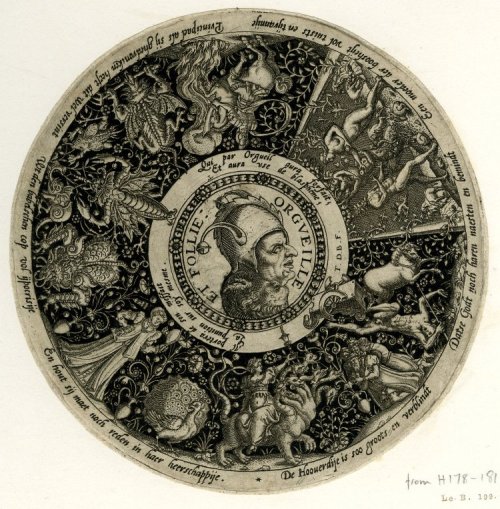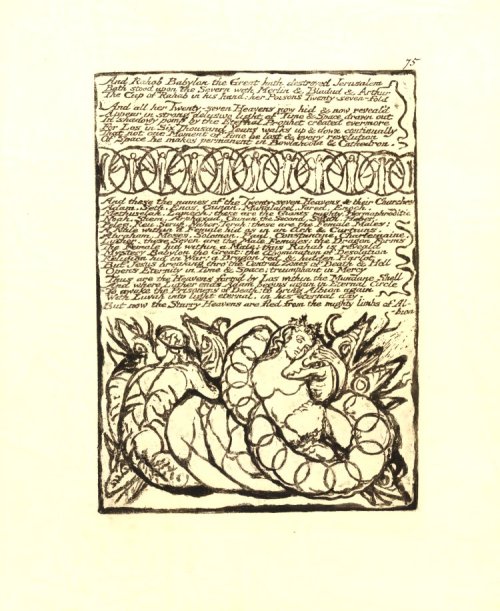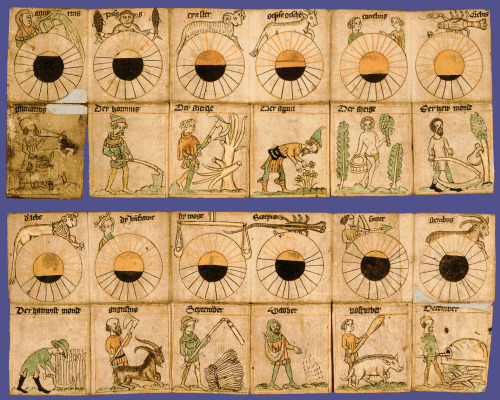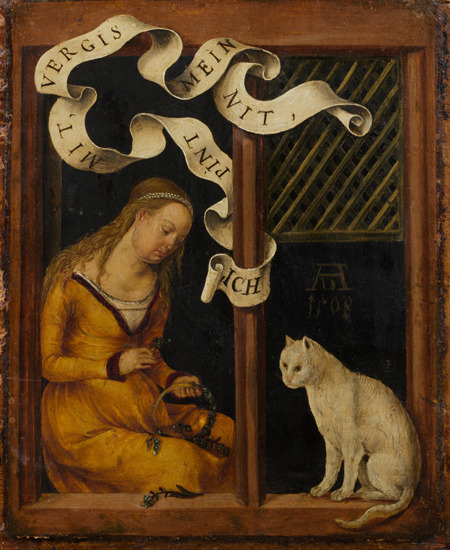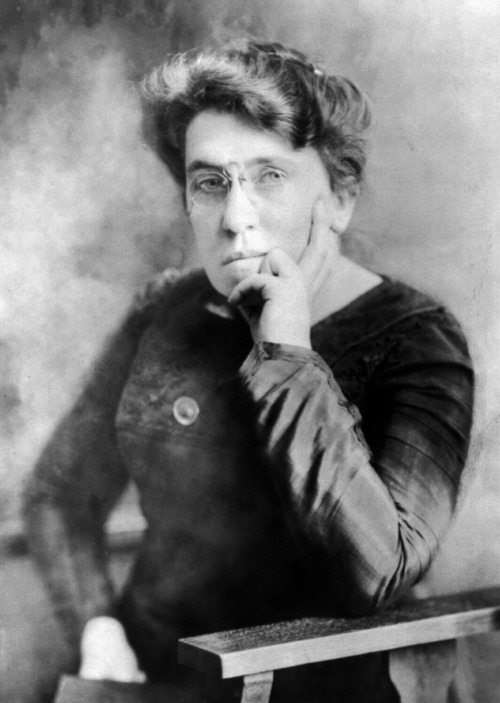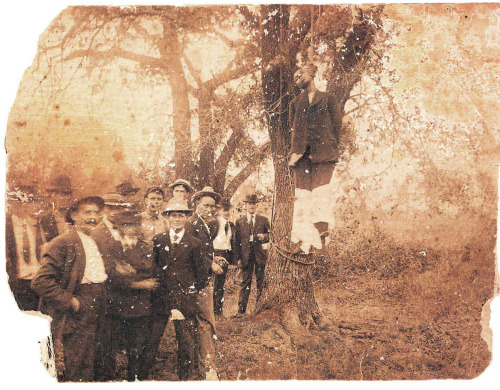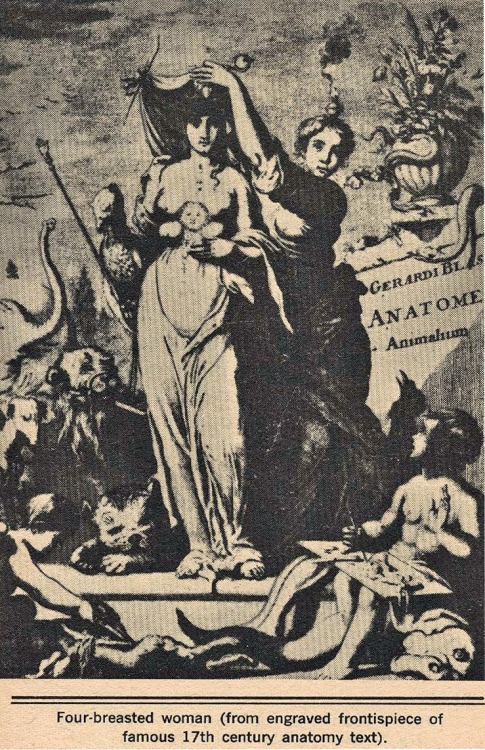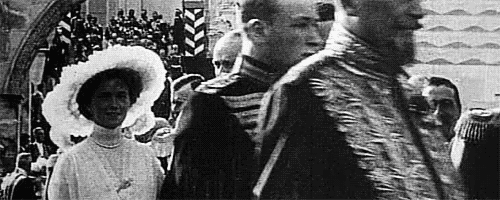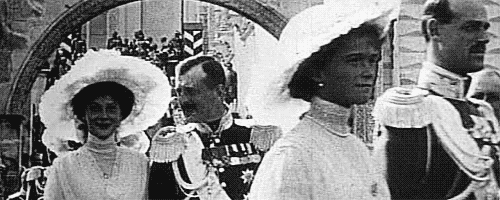de bene esse: literally, of well-being, morally acceptable but subject to future validation or exception
Renowned British ballerina Moira Shearer, who starred in the classic Michael Powell/Emeric Pressburger films "The Red Shoes" (1948) and "The Tales of Hoffman" (1951), as well as Powell's controversial 1960 "Peeping Tom," died on this date in 2006 at the age of 80. Photo of Shearer and Anton Wolbrook in "Red Shoes" from the L.A. Times files.
Total Pageviews
Friday, January 31, 2014
Bloody Sunday Aftermath
de bene esse: literally, of well-being, morally acceptable but subject to future validation or exception
Today in Irish History: 31 January 1972 - Bloody Sunday Aftermath
The day after Bloody Sunday, British Home Secretary, Reginald Maudling announces a tribunal of inquiry “into the circumstances of the march and the incidents leading up to the casualties which resulted”. After being denied the right to provide an eye-witness account of what happened, an emotional Bernadette Devlin, the 24 year old MP for Mid-Ulster who had been on the speakers platform in Derry the previous day, calls Maudling a “murdering hypocrite.” “On a point of order. I am the only person in this House who was present yesterday when, whatever the facts of the situation might be said —[Interruption.] Shut up! I have a right, as the only representative in this House who was an eye witness, to ask a question of that murdering hypocrite— walks across the floor of the House of Commons and strikes him across the face. Devlin later says “”I’m just sorry I didn’t get him by the throat”. House of Commons Debate on Bloody Sunday:http://hansard.millbanksystems.com/commons/1972/jan/31/northern-irelandInterview with Bernadette Devlin following her attack on Home Secretary Reginald Maudling: http://www.bbc.co.uk/programmes/p00nm166
The tribunal of inquiry was to be headed by Lord Chief Justice Widgery. The dreadful events of January 30 would be compounded just a few months later when in what can only be called a fabrication of the true events of the day, Widgery ( a former army brigadier) added fuel to an already extremely emotional period by claiming the actions of the British troops were justified. blaming the organizers of the march for the deaths.The publication of the Widgery Report provided another recruiting boost to the IRA. Widgery’s irresponsible whitewash of the actions of British paratroopers were totally repudiated by the later Saville Inquiry, the results of which saw Prime Minister David Cameron issue an unequivocal apology to the families of those killed on Bloody Sunday. Article on Bernadette Devlin:http://www.theguardian.com/lifeandstyle/the-womens-blog-with-jane-martinson/2011/oct/15/bernadette-devlin-london-film-festival
Pete Seeger
de bene esse: literally, of well-being, morally acceptable but subject to future validation or exception
George Villiers, 1st Duke of Buckingham
de bene esse: literally, of well-being, morally acceptable but subject to future validation or exception
http://www.fuenterrebollo.com/Heraldica-Piedra/duque-buckingham.html
George Villiers, 1st Duke of Buckingham by Peter Paul Rubens
George Villiers, 1st Duke of Buckingham by Peter Paul Rubens
Women’s Army Auxiliary Corps 1942
de bene esse: literally, of well-being, morally acceptable but subject to future validation or exception
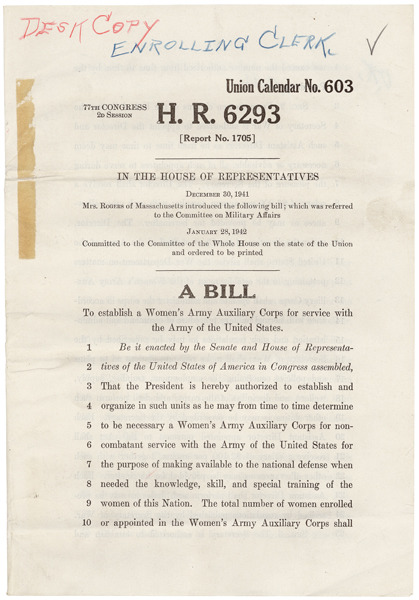

On January 28, 1942, Representative Edith Nourse Rogers (R-MA) introduced H.R. 6293, a bill to establish the Women’s Army Auxiliary Corps for noncombat service with the U.S. Army. H.R. 6293 was signed into law on May 14, 1942. A year later the unit was renamed the Women’s Army Corps, and the servicewomen were granted official military status.H.R. 6293, HR 77A-B5, 1/28/1942, Records of the U.S. House of Representatives (ARC 4397811)
FDR’s 1944 State of the Union Address
de bene esse: literally, of well-being, morally acceptable but subject to future validation or exception
FDR’s 1944 State of the Union Address
On January 11, 1944, President Franklin D. Roosevelt delivered his annual State of the Union Address to the Nation as a Fireside Chat from the White House.
In previous years, the President delivered the State of the Union Address in person before the Congress. But having just recently returned from a grueling trip to the Cairo and Teheran Conferences, President Roosevelt was ill with the flu and chose instead to send a written message to Congress and to read the message to the American people as a whole from the comfort of the White House.
Prior to Woodrow Wilson, the President’s Annual Message to Congress (now known as the State of the Union speech) customarily had been delivered by presidents to Congress as written reports. By submitting a written message in 1944, Roosevelt was hearkening back to that earlier practice.
In perhaps the most famous part of the speech, President Roosevelt proposed “a second Bill of Rights” to provide a new level of economic security to the American people. Read More
Photo: Franklin D. Roosevelt gives a radio address regarding his State of the Union message to Congress. Washington, D.C. 1/11/44.
-from the FDR Library
Jackson Pollock
de bene esse: literally, of well-being, morally acceptable but subject to future validation or exception
 Was Jackson Pollock the greatest American painter? See early photos of the icon at work in his Long Island studio in 1949.
Was Jackson Pollock the greatest American painter? See early photos of the icon at work in his Long Island studio in 1949.
(Photo: Martha Holmes—Time & Life Pictures/Getty Images)

(Photo: Martha Holmes—Time & Life Pictures/Getty Images)
Arctic Highlanders 1924
de bene esse: literally, of well-being, morally acceptable but subject to future validation or exception
Arctic Highlanders who spent the winter 1923-1924 at Craig Harbour, Ellesmere Island, N.W.T. (Nunavut), ca. 1924. (via Archives Search - Library and Archives Canada)
Credit: Roy Tash/Library and Archives Canada/PA-102281
Credit: Roy Tash/Library and Archives Canada/PA-102281
Vintage
de bene esse: literally, of well-being, morally acceptable but subject to future validation or exception
Velma Johnston
de bene esse: literally, of well-being, morally acceptable but subject to future validation or exception
When Velma Johnston almost single-handedly persuaded Congress to pass the Wild Free-Roaming Horses and Burros Act of 1971, her goal was to protect an icon of the American West that had been slaughtered, poisoned and abused and was quickly disappearing.
More than four decades later, the woman known as “Wild Horse Annie” would undoubtedly be shocked by what her law has wrought: so many mustangs, stashed in so many places, that authorities admit they have no idea how to handle them all.
Dr. Evangelina Rodriguez (1879 - 1947)
de bene esse: literally, of well-being, morally acceptable but subject to future validation or exception
Dr. Evangelina Rodriguez (1879 - 1947) was an Afro-Dominican and the first woman in the Dominican Republic to become a doctor.She graduated from the University of Santo Domingo in 1909 and went on to study and graduate from University of Paris-Sorbonne where she specialized in gynecology and pediatrics.She returned to the Dominican Republic in 1925 and opened up her own practice where she treated women and children while providing education on family planning. She lived during the time of Trujillo, whom she openly denounced, where the harassment and discrimination of blacks were open and even encouraged.She experienced mental illness later in life before she passed away in 1947. Today the Dr. Evangelia Rodriquez clinic exists in San Francisco de Macoris providing the same services that she provided just a century ago.…
Ronald Reagan’s State of the Union Message 1986
de bene esse: literally, of well-being, morally acceptable but subject to future validation or exception
Article II, Section 3, Clause 1 of the Constitution requires that the President “… shall from time to time give to the Congress Information of the State of the Union, and recommend to their Consideration such Measures as he shall judge necessary and expedient.”President Reagan’s 1986 State of the Union was originally scheduled for the day of the Challenger explosion, January 28, 1986, but it was postponed by a week in response to the accident. Reagan began his message by paying tribute to “the brave seven” Challenger crew members and later reiterated the nation’s commitment to the space program. The version shown above is the official copy Reagan handed to the President of the Senate before the address. The text differs slightly from the final speech made by the President.First and Last Pages of President Ronald Reagan’s State of the Union Message to Congress, 2/4/1986, Records of the U.S. Senate
Ancient Faces
de bene esse: literally, of well-being, morally acceptable but subject to future validation or exception
ca. 1850, [daguerreotype portrait of a man and his two children]
Mid 20th Century Travel Poster
de bene esse: literally, of well-being, morally acceptable but subject to future validation or exception
Transatlantique: Mid 20th Century Travel Posters via Boston Public Library
Ancient Faces
de bene esse: literally, of well-being, morally acceptable but subject to future validation or exception
Buttons and Bows: Portrait of Woman with Hands in Pockets, date unknown via Costică Acsinte Archive on Flick
Japan c. 1980s
de bene esse: literally, of well-being, morally acceptable but subject to future validation or exception
Conversation, Japan c. 1980s by Kusakabe Kimbei via Museum of Photographic Arts Collections Flickr
JFK and Pete Seeger
de bene esse: literally, of well-being, morally acceptable but subject to future validation or exception
The world learned of the passing of legendary folk singer Pete Seeger. Take a look at this letter from Seeger to President Kennedy in March of 1961. Seeger was facing trial for contempt of Congress after refusing to testify before the House Un-American Activities Committee. As a fellow Harvard classmate, Seeger was appealing to the President for help.
(From the White House Central Name File, Box 2513, JFK Library)
engraved tazza 1588
de bene esse: literally, of well-being, morally acceptable but subject to future validation or exception
Design for an engraved tazza with the head of a jester in profile with an upside down head of a satyr (Pride and Folly) in a roundel; surrounded by a round band of ornament decorations, including scenes of the temptation of Adam and Eve and the Whore of Babylon riding the beast with seven heads; circular plate. c.1588
Theodoor de Bry (Print made by); Theodoor de Bry (Published by
The British Museum
Ancient Faces
de bene esse: literally, of well-being, morally acceptable but subject to future validation or exception
ca. 1896, [cabinet card, portrait of a well-dressed young man posed confidently with his bicycle], Cooke
Helping Hand 1939
de bene esse: literally, of well-being, morally acceptable but subject to future validation or exception
Farm women of the “Helping Hand” club display a pieced quilt which they are making for the benefit of one of their numbers. Near West Carlton, Yamhill County, Oregon. October, 1939.
Photo: Dorothea Lange
The Emanation of The Giant Albion
de bene esse: literally, of well-being, morally acceptable but subject to future validation or exception
Jerusalem: The Emanation of The Giant Albion; print; book; William Blake (Print made by); 1804-1821; London
The British Museum
The Whore of Babylon
de bene esse: literally, of well-being, morally acceptable but subject to future validation or exception
The Whore of Babylon, a study for the woodcut of the same subject;
Matthias Gerung (Drawn by); 1546-1548
The British Museum
Factoid
de bene esse: literally, of well-being, morally acceptable but subject to future validation or exception
From 1854–1929, homeless children (especially Catholics and Jews) were placed on trains and taken to rural sites in the Midwest and West in search of homes. At each stop, children were “put up” on platforms to see if anyone would want to take them, which led to the phrase “put up for adoption.” It was called the Orphan Train Movement. Criticism of it led to new agencies and new laws to protect orphans and regulate adoptions.
From 1854–1929, homeless children (especially Catholics and Jews) were placed on trains and taken to rural sites in the Midwest and West in search of homes. At each stop, children were “put up” on platforms to see if anyone would want to take them, which led to the phrase “put up for adoption.” It was called the Orphan Train Movement. Criticism of it led to new agencies and new laws to protect orphans and regulate adoptions.
pocket calendar 1400
de bene esse: literally, of well-being, morally acceptable but subject to future validation or exception
This pocket calendar from about 1400 was intended to be used daily by farmers and therefore could be folded. In this form it had a size of 7,5 x 6,5 cm.
Besides the usual labour of the month and the respective sign of the zodiac it additionally shows a schematic representation of the average length of the day.
forget-me-not’s
de bene esse: literally, of well-being, morally acceptable but subject to future validation or exception
When This You See, Remember Me
The forget-me-not’s associations with love and remembrance date to the Middle Ages, and were expressed in both the Old French and Middle High German names for this pretty little flower.
Images: forget-me-nots on the parapet in Bonnefont garden (Cloisters, NY). Photograph by Carly Still. And a young woman making a chaplet of forget-me-nots, painted by Han Suess von Kulmbach. The legend on the banderole says“I bind with forget-me-nots”.
Emma Goldman
de bene esse: literally, of well-being, morally acceptable but subject to future validation or exception
Emma Goldman. Amazing anarchist, sex radical, feminist, supporter of women’s contraception.
Irving Milchberg
de bene esse: literally, of well-being, morally acceptable but subject to future validation or exception
The Teenage Gun Smuggler
Irving Milchberg watched his father die right before his eyes when he was 15 years old. A Nazi officer discovered that the elder Milchberg was hiding bread, so he gave him a running start and shot him in the back.
Not long afterward, Irving was arrested and put aboard a train to the Treblinka extermination camp. He managed to escape and returned home, only to find that his mother and sisters were gone. They would all be killed at Treblinka themselves.
Irving Milchberg was an orphan looking for a way to survive. The blue-eyed Jewish boy who was a resident of Warsaw’s infamous ghetto had to find a way to survive. So he, and a dozen or so other orphaned Jewish children, would pretend to be “Aryans” and sell cigarettes in Three Crosses Square. Given the nickname “Bull,” Mr. Milchberg would spend a year-and-a-half avoiding the Gestapo and informants in order to make a living while also smuggling food, supplies, and weapons into the ghetto. The square where they worked as literally surrounded by Nazis with buildings occupied by SS troops, German gendarmerie, German-led Hungarian troops, and a Gestapo office.
On April 19, 1943, Mr. Milchberg had gotten word that the Nazis were going to “celebrate” the Fuhrer’s 54th birthday the following day by liquidating the ghetto. He made his way back from the square and informed his uncle, his only surviving relative. They hid with other families in a bunker as the Germans began their attack. During the fighting between the troops and the Jewish opposition, known now as the Warsaw Ghetto Uprising, Mr. Milchberg recalled how his uncle insisted on celebrating the Passover seder: “You may die, but if you die, you’ll die as a Jew. If we live, we live as Jews. If you live, you’ll tell your children and grandchildren about this.”
Mr. Milchberg did live, but after the uprising ended in May 1943 he was captured and placed aboard a train to the Poniatowa camp. The train was accidentally switched on the tracks and Mr. Milchberg was able to escape once again. After receiving medical help for an injured leg from a Polish doctor who he knew before the war, Mr. Milchberg and the other cigarette sellers lay in hiding until the liberation of Warsaw by the Soviet Army in January 1945.
Mr. Milchberg fled to Czechoslovakia and then found his way to Austria where he stayed in a refugee camp. It was here that he learned to repair watches. In 1947 he was among 1,000 young Germans who were given permission to move to Canada. Settling in the town of Niagara Falls, he opened a jewelry and watch shop and work there until retiring to Toronto.
Irving Milchberg died on January 26, 2014 at the age of 86.
(Image of Irving Milchberg, left, and another cigarette seller known only by the name “Conky” is courtesy of the New York Times)
Other posts of relevance:
Boruch Spiegel - Started the Warsaw Ghetto Uprising
Jean Julich - Member of the “Edelweiss Pirates” a youth-run German resistance group
Life.com ~ the American tough guy
de bene esse: literally, of well-being, morally acceptable but subject to future validation or exception


On the eve of the Super Bowl, LIFE pays tribute to that changeable male ideal:the American tough guy.
(Photo: Bill Eppridge—Time & Life Pictures/Getty Images)
(Photo: Bill Eppridge—Time & Life Pictures/Getty Images)
Deng Xiaoping in America
de bene esse: literally, of well-being, morally acceptable but subject to future validation or exception
Deng Xiaoping in America
Jimmy Carter, Deng Xiaoping, Rosalynn Carter and Madame Zhuo Lin stop for a formal pose on their way to the state dinner for the Vice Premier of China., 01/29/1979
In 1949, the Communist Party seized power in China, and in response, the United States severed diplomatic relations. Thirty years later, the United States resumed diplomatic relations with China, and this 1979 photograph shows President Jimmy Carter in a formal, public ceremony greeting Vice Premier Deng Xiaoping. It was the first time a Communist Chinese leader had visited the United States.
via DocsTeach
Camp Borden 1918
de bene esse: literally, of well-being, morally acceptable but subject to future validation or exception
Men’s Barracks, Camp Borden, Ont., 1918. Credit: Canada. Dept. of National Defence/Library and Archives Canada/
Wee Pals
de bene esse: literally, of well-being, morally acceptable but subject to future validation or exception
Creator of “Wee Pals”
Morrie Turner published his first “Wee Pals” strip on February 15, 1965 in the Des Moines (Iowa) Register and a few newspapers in the Tribune Syndicate, making him the first black cartoonist to be syndicated. Depicting the everyday interactions of a group of children who were of various races and ethnicities in a light-hearted manner, the main character was a young black boy named Nipper who wore a Confederate cap and had a dog named “General Lee.” He interacted with his friends Jerry (a freckled Jewish boy), Diz (a black boy who always wears a beret and sunglasses), Ralph (a white boy who shares the racist comments he hears at home), and Oliver (a bespectacled, overweight boy often called “Lil’ Ebert”).
For three years the multi-ethnic comic had a small circulation. Then Martin Luther King, Jr. was assassinated on April 4, 1968. Over the next 30 days, 30 newspapers picked up “Wee Pals.” By the end of the year Mr. Turner’s work was appearing in over 100 newspapers nationwide. He called the feeling “bittersweet” knowing that his success was connected directly to the murder of Dr. King.
A few years earlier, Mr. Turner had lamented to his friend Charles Schulz, creator of Peanuts, about the lack of minorities in comic strips. Mr. Schulz said that Mr. Turner should create that very strip.
Mr. Turner had worked previously for the Chicago Defender, one of the nation’s premiere black newspapers, drawing comics and even while working for the Oakland police department he worked as a freelance illustrator for various print media.
A veteran of World War II, who served as a mechanic in the Army Air Corps’ 447th Bombardment Group, better known as the “Tuskegee Airmen” Mr. Turner also worked on the newspaper as a writer and cartoonist for both the Airmen and the Army’s in-house newspaper, Stars & Stripes.
As the audience for “Wee Pals” grew, Mr. Turner allowed Rankin-Bass, the studio best known for its Rudolph, the red-nosed reindeer Christmas show, to create a cartoon featuring his cast of characters. Called “Kid Power” it ran for one season on ABC, 1972-1973.
Mr. Turner continued to draw and write strips up until his death on January 25, 2014 at the age of 90. At the time of his death he featured sixteen different characters including a Mexican-American boy named Pablo, a Vietnamese-American girl named Trinh, a wheelchair-bound character named Charlotte, and a deaf-mute girl named Sally.
(Image of a “Wee Pals” strip from August 12, 2012 features Ralph, the token racist, opening up a “soul food restaurant.” On the right side of the strip is “Soul Corner” which Mr. Turner developed to teach readers about significant people of color in history. This strip talks about James Herman Banning the first black man to receive a pilot’s license. The comic is courtesy of gocomics.com and copyright Morrie Turner and Creators Syndicate. The strips are current as of January 29, 2014.)
Lynching of Dick Robinson & Thompson
de bene esse: literally, of well-being, morally acceptable but subject to future validation or exception
For over a decade, James Allen collected postcards and photographs of lynching in America “from witnesses, or their relatives and close descendants… These shameful but telling images of a recent episode in the United States’ past… [provide a] careful, scholarly presentation of the material.”
They document that “these horrible events were not only photographed, but that the resultant images were published as postcards and hoarded as morbid souvenirs. Most of the photographers who made them were not dispassionately documenting, but celebrating and ritualizing the murder of American citizens by their fellow Americans.” (Parr & Badger II:230)
Read an interesting article about James Allen here.
17th Cen Anatomy Text
de bene esse: literally, of well-being, morally acceptable but subject to future validation or exception
fromTHE EROTIKON
Rudolf Nureyev
de bene esse: literally, of well-being, morally acceptable but subject to future validation or exception


Rudolf Nureyev
Romanov
de bene esse: literally, of well-being, morally acceptable but subject to future validation or exception
Olga, Tatiana, Maria and Anastasia Nikolaevna at The Parade in 1912.
Subscribe to:
Comments (Atom)

![Today in Irish History: 31 January 1972 - Bloody Sunday Aftermath.
The day after Bloody Sunday, British Home Secretary, Reginald Maudling announces a tribunal of inquiry “into the circumstances of the march and the incidents leading up to the casualties which resulted”. After being denied the right to provide an eye-witness account of what happened, an emotional Bernadette Devlin, the 24 year old MP for Mid-Ulster who had been on the speakers platform in Derry the previous day, calls Maudling a “murdering hypocrite.”
“On a point of order. I am the only person in this House who was present yesterday when, whatever the facts of the situation might be said —[Interruption.] Shut up! I have a right, as the only representative in this House who was an eye witness, to ask a question of that murdering hypocrite—
walks across the floor of the House of Commons and strikes him across the face. Devlin later says “”I’m just sorry I didn’t get him by the throat”.
House of Commons Debate on Bloody Sunday: http://hansard.millbanksystems.com/commons/1972/jan/31/northern-ireland
Interview with Bernadette Devlin following her attack on Home Secretary Reginald Maudling: http://www.bbc.co.uk/programmes/p00nm166
The tribunal of inquiry was to be headed by Lord Chief Justice Widgery. The dreadful events of January 30 would be compounded just a few months later when in what can only be called a fabrication of the true events of the day, Widgery ( a former army brigadier) added fuel to an already extremely emotional period by claiming the actions of the British troops were justified. blaming the organizers of the march for the deaths.The publication of the Widgery Report provided another recruiting boost to the IRA. Widgery’s irresponsible whitewash of the actions of British paratroopers were totally repudiated by the later Saville Inquiry, the results of which saw Prime Minister David Cameron issue an unequivocal apology to the families of those killed on Bloody Sunday.
Article on Bernadette Devlin: http://www.theguardian.com/lifeandstyle/the-womens-blog-with-jane-martinson/2011/oct/15/bernadette-devlin-london-film-festival](https://scontent-a-mia.xx.fbcdn.net/hphotos-prn1/t1/s403x403/1011237_517322085048924_1916791689_n.jpg)


